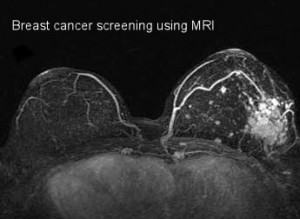
Do you have empty nose syndrome? You might be suffering from empty nasal syndrome. If so, this article may help you. Find out the symptoms, causes, and possible treatment options. Find out about possible causes as well as ways to prevent them. It's never too late to seek help. These are the symptoms of empty nasal syndrome
The symptoms
Empty Nose Syndrome refers to a lack of airflow and resistance within the nose. This condition affects the nasal mucosa, which allows natural nasal breathing, and also influences the respiratory system and overall physical well-being. Doctors can treat empty nose syndrome by treating the underlying condition. There is no cure.
Nonsurgical treatment focuses solely on protecting the mucosa, keeping it clean and free from irritation. Surgical treatment addresses the problem of nasal airflow. Modern implant technology helps reconstruct the missing turbinates. More severe cases may require multiple surgeries. Surgical interventions are usually performed in a series. The patient may require a revision if the nonsurgical treatment has failed. If the condition is persistent, doctors might perform surgery to improve airflow.

Causes
An empty nose can be very distressing. This condition causes patients to feel bloated and their noses are wide open. While doctors suggest that the nose should be open, it is not always the truth. The appearance of the nose is dry, and the inferior turbinates are usually small, atrophic, or surgically absent. These are all possible causes of empty nose syndrome. This isn't a disease, but it can lead to depression and reduced social interaction.
This condition can be treated, including surgery. Over-resection is the leading cause of this condition. They are structures in the nose that control temperature, humidity and other aspects of temperature. They filter air from the lungs. In order to improve nasal airflow and treat allergic reactions, doctors performed radical Turbinate Resection many years ago. This surgery can also result is empty nose syndrome.
Treatment options
If a person has empty nose syndrome symptoms, it is an unpleasant sensation that leaves them feeling like they have no air. This can be an unpleasant feeling that can affect daily activities and cause a lot of disruption. While doctors aren’t sure exactly what causes this disorder or how it is caused, new research suggests that there may be differences in the temperature and pressure of the nasal passages. If you feel the symptoms of this condition, it is crucial to seek medical treatment as soon possible.
There are many options for treating empty nose syndrome. The most popular are nasal airflow correction and turbinate surgery. Both septoplasty and turbinate reduction can be used to correct the septum. These treatments may also help with sleep apnea and improve breathing ability. Treatment options for empty nose syndrome can include acupuncture, laser therapy, or cryosurgery. Although surgery is the most effective treatment for ENS symptoms it can also prove to be quite invasive.

Prevention
The severity of ENS can vary in treatment. There are many topical treatments that can be used to moisturize the nose. Unfortunately, many of these topical treatments can be harmful and have little benefit. The repeated saline irrigation of the nose can actually wash away host defense peptides, which regulate the commensal bacteria that live in the nose. This can affect the nose's ability to protect the mucosa against harmful bacteria.
A thorough diagnosis is the first step in treating empty nose syndrome. Sometimes, surgery is necessary. However, the root cause of the problem can be treated using a variety of techniques. You should consider a change in your diet to decrease inflammation and ease symptoms. Other medications may also be prescribed. In certain cases, treatment may be required to improve the cervical spine stability. If the root cause of Empty nose syndrome is not addressed, treatment may be limited to the immediate.